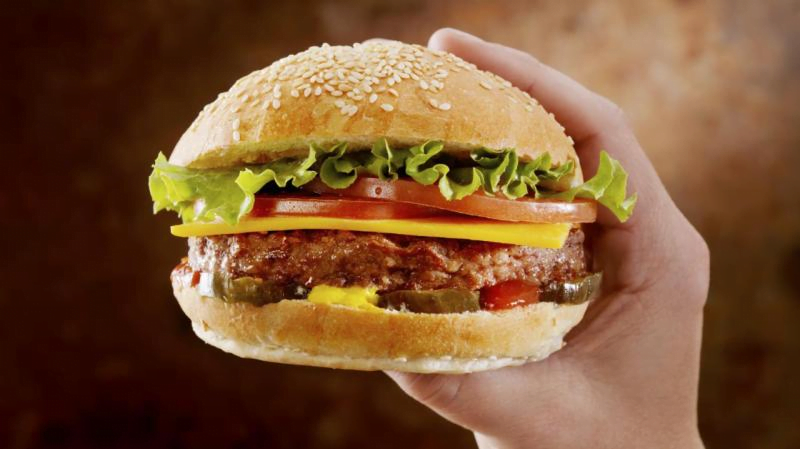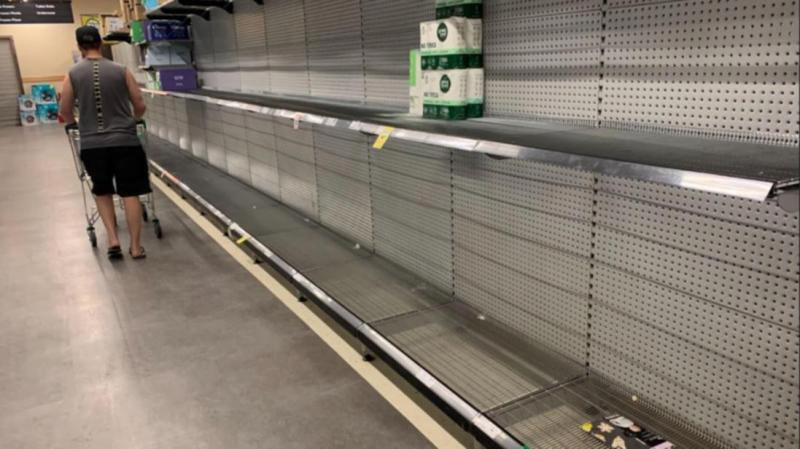Experts claim that the rising prices of groceries, contributing to increased financial strain on struggling households, can be attributed to the greed of supermarkets and the grocery duopoly held by Coles and Woolworths. Recent research conducted by UBS revealed that food prices at Coles increased by 10.4% in April, while Woolworths experienced an 8.7% increase. The study analysed over 60,000 supermarket products, with fresh food prices seeing a significant surge of 9.9%.
Former Chair of the Australian Competition and Consumer Commission (ACCC), Rod Sims, attributed the escalating supermarket prices to the lack of competitiveness resulting from the Coles-Woolworths duopoly, which collectively holds a 70% market share. Statistics indicate that Woolworths Group owns 37.1% of the market, Coles Group has 27.9%, Aldi holds 9.5%, IGA owns 6.9%, and the remaining 18.6% is divided among other retailers such as Costco, Amazon, and independent grocers.
The increasing profits of Coles and Woolworths suggest that they raise prices more than necessary to cover rising costs. This is made easier by the absence of strong competition between the two giants. ACCC Chair Gina Cass-Gottlieb expressed concerns about the level of concentration in the supermarket sector during a federal parliamentary inquiry into supermarket prices.
She emphasized the need for a more competitive market to mitigate the limited price competition faced by Coles and Woolworths. To address the issue, Mr. Sims has advocated for merger reforms that would prevent these major supermarkets from acquiring smaller or independent competitors.
While factors such as inflation, logistics, and supply chain issues contribute to increased costs, supermarket profit margins indicate that prices have risen more than warranted. Coles reported a 11.6% increase in profit, reaching $616 million, while the Woolworths group, including supermarkets, Metro stores, and Big W, saw a 14% year-on-year profit increase, reaching $907 million in the first half of the 2022/23 financial year.
The Australian Bureau of Statistics (ABS) reported a 6.8% increase in the monthly Consumer Price Index indicator in April 2023, slightly higher than the 6.3% rise in March. The second most significant price hike, at 7.9%, was observed in food and non-alcoholic beverages, although it showed a marginal decrease from the previous month’s 8.1%.
Jim Stanford, the Director of the Centre for Future Work at the Australia Institute, criticised supermarkets for taking advantage of post-pandemic circumstances to increase their profit margins. He argued that it is mathematically impossible for companies to blame increased supplier costs while simultaneously enjoying higher profits.
In response, a Woolworths spokesperson highlighted higher wholesale prices paid to suppliers as a key driver of grocery inflation. Suppliers have reportedly increased wholesale costs at rates four to five times higher than usual due to ingredient costs, energy bills, and labor fees. These costs account for approximately 70 cents of every dollar spent at supermarkets.
Despite differing viewpoints, both Woolworths and Coles have implemented strategies to alleviate cost-of-living pressures. Woolworths reduced prices on more than 450 grocery items, and Coles introduced the Dropped & Locked program, which lowers and freezes prices on everyday products.
In a similar effort, IGA committed to slashing prices on thousands of items for a three-month period. Supermarkets claim to understand the financial challenges faced by consumers and are working towards providing value and support during tough economic circumstances.
For the latest retailer news and information, check out the IndiHub website or to speak to us on how we can help your business contact us.


